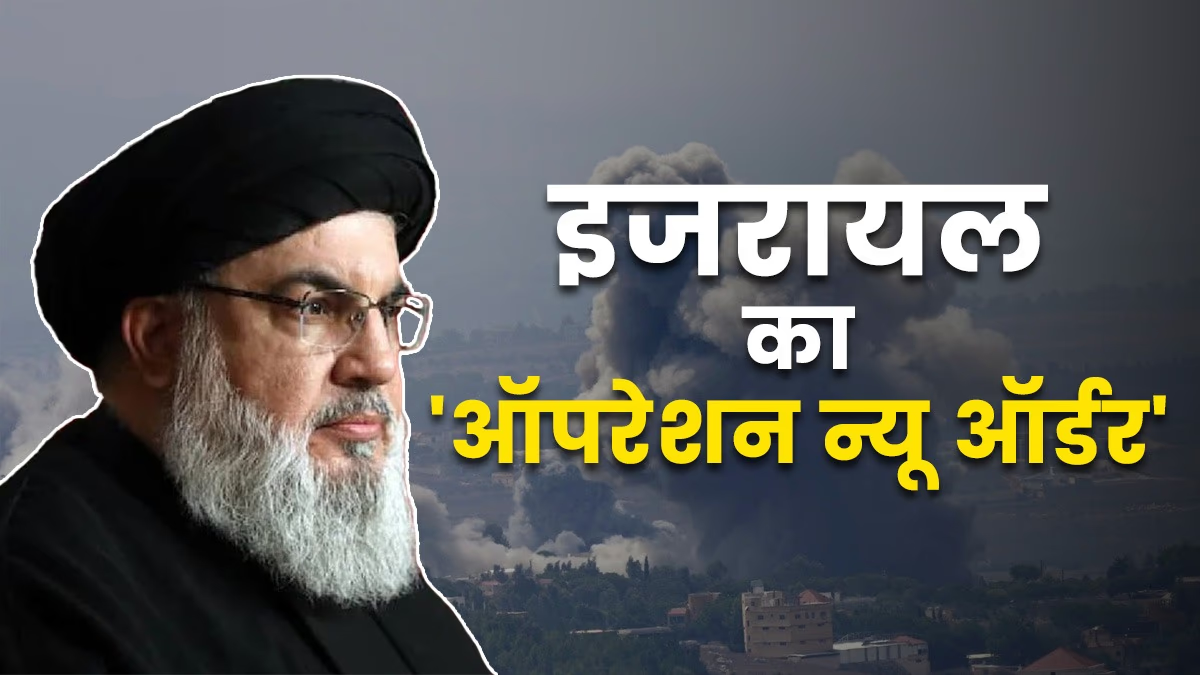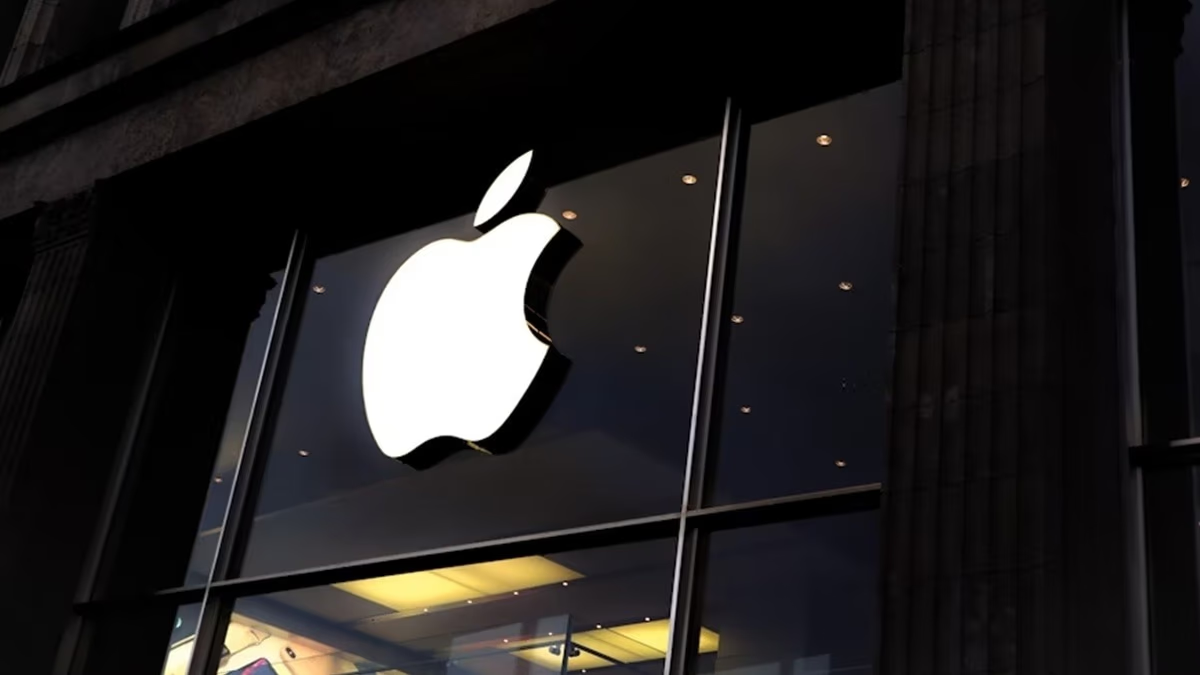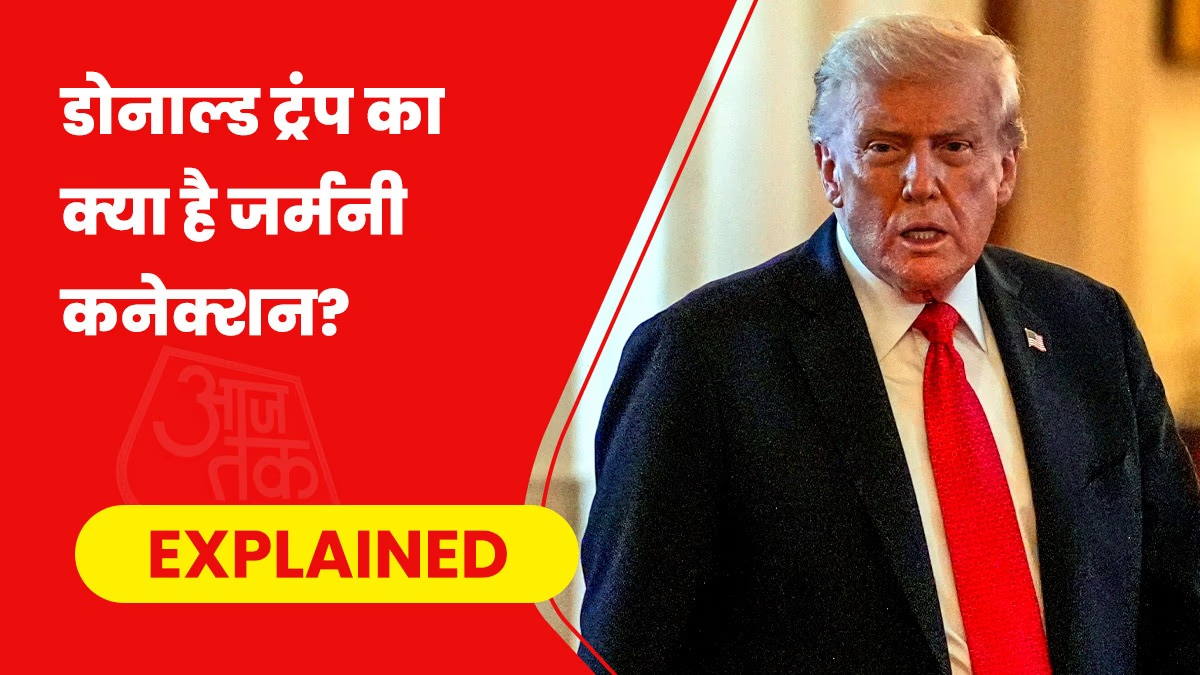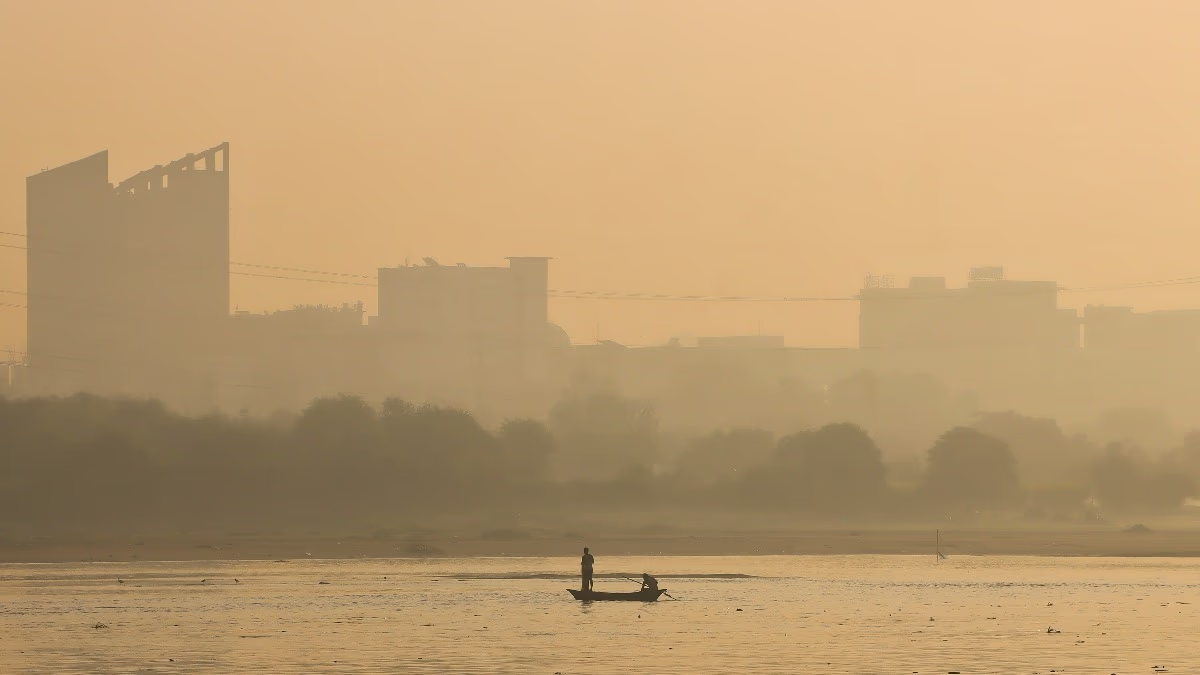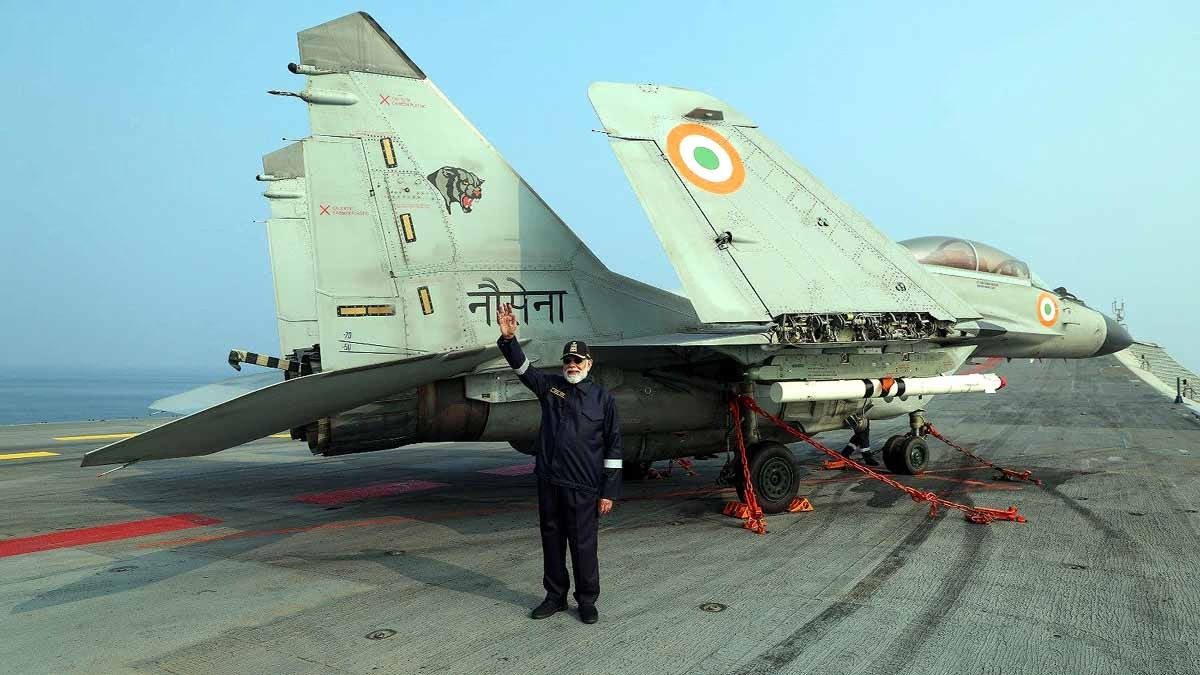Hezbollah Chief Hassan Nasrallah has been eliminated. Mourning spans from Lebanon to Iran. A five-day mourning period has been announced. Homes, offices, and markets are all closed. Global reactions are emerging to the Lebanon-Israel conflict. Israel declares it will continue war until hostages are released. Lebanon claims 33 people were killed and 195 injured in the Israeli strike on Saturday.
Meanwhile, the Israel Defense Forces (IDF) made a significant revelation. The IDF claims that Hassan Nasrallah was hiding in an underground headquarters just 53 meters away from a UN school. This location in Beirut, Lebanon, is in a residential area where civilians live. Nasrallah, along with several commanders and fighters, was located beneath civilian buildings. The IDF claims to have also killed over 20 terrorists with him.
An IDF spokesperson stated that among the terrorists killed with Hassan Nasrallah were notable figures: Ibrahim Hussein Zazini (Security Chief), Samir Tawfiq Diab (Advisor), Abdel Amir Muhammad Sablini (Senior Commander), and Ali Naf Ayoub. Israel is renowned for its ability to eliminate enemies in other countries, and the 'Operation New Order' proved it once again. The inside story of this operation is highly intriguing.
At 9 PM on Friday night, bombs started raining down amidst the residential buildings in the Dahia suburb near Beirut. Flames soared hundreds of feet high as if an earthquake had struck the city. The city was engulfed in fear and panic. Within minutes, six buildings in the most densely populated area of Dahia were razed. This operation, named 'Operation New Order,' is considered Israel's most dangerous mission in history.
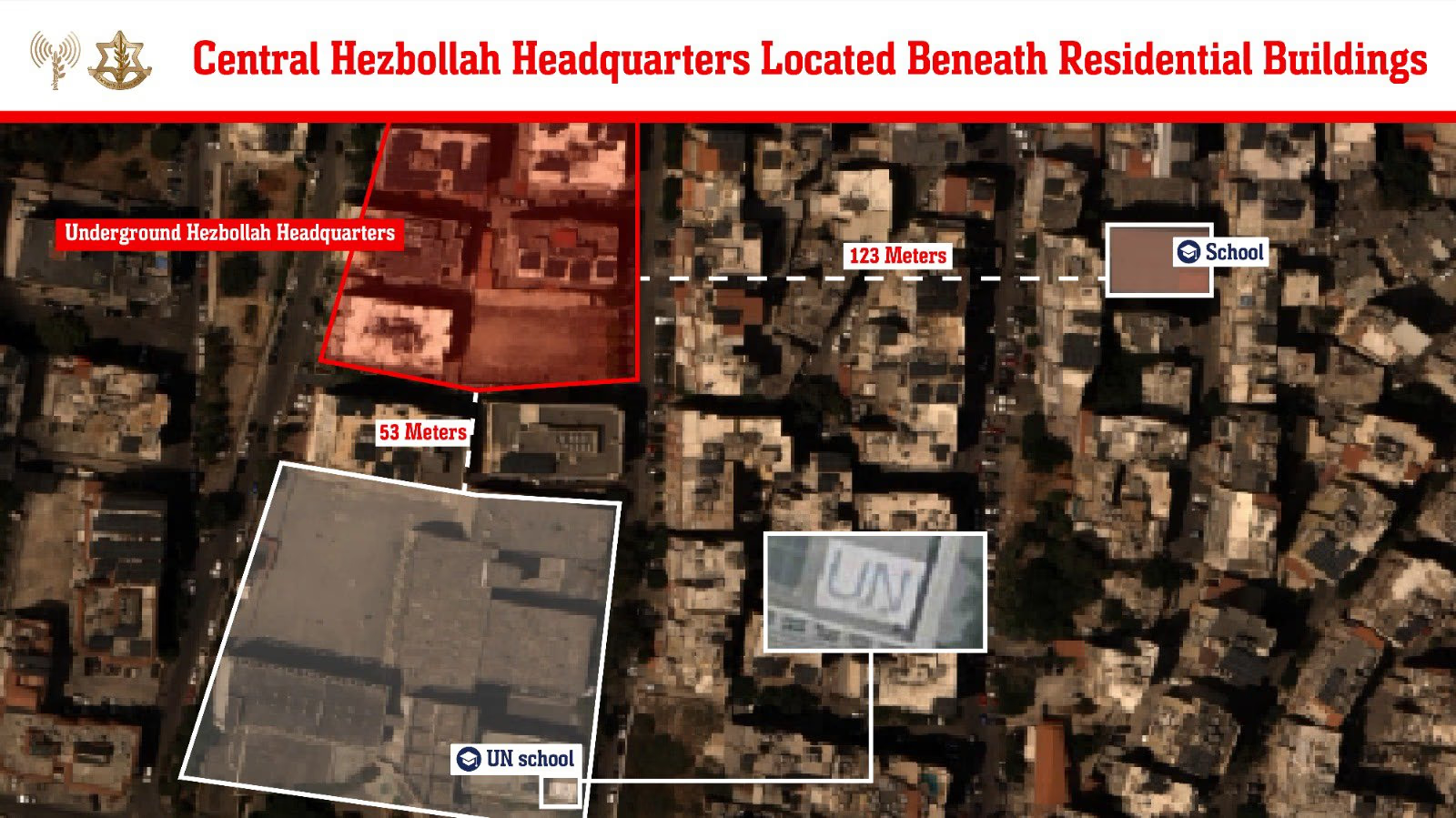
Source: aajtak
It is well-known that Israel's most wanted, Hassan Nasrallah, has been eliminated. But how this precise operation was executed is a fascinating story. The attacks started ten days before the Friday strikes. Mobile phones and pagers in the hands of Hezbollah fighters in Lebanon began exploding. This marked the beginning, leading to a series of continuous attacks by Israel on Lebanon over the span of ten days.
Amidst this, Mossad, Israel's intelligence agency, received intel that Sayyed Hassan Nasrallah was hiding in the underground Hezbollah South Headquarters beneath a residential area in Dahia, a Beirut suburb. At that moment, he was with his daughter Zainab and South Range Commander Ali Karaki. Israeli Prime Minister Benjamin Netanyahu, who was at the United Nations Headquarters delivering a speech, had already given the green light for this operation.
Fighter jets took off from Israel's military airbase in Tel Aviv, targeting Hezbollah’s headquarters in Dahia, Beirut. The ensuing attack shook Beirut to its core. This was the biggest attack on Hezbollah. Bombs rained on Hezbollah’s headquarters for a total of half an hour. Six nearby buildings were leveled, creating a massive 65-foot-wide crater. Nothing survived in these buildings; only debris remained.
Read More:
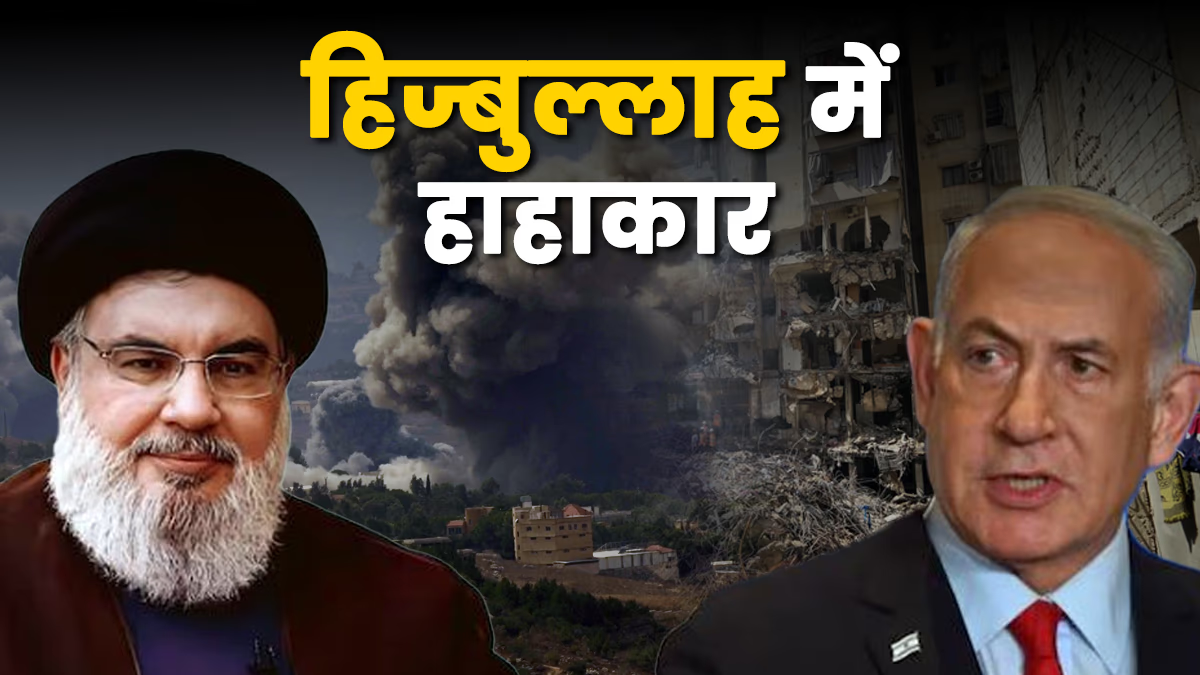
Source: aajtak
No chance was left for Nasrallah’s escape. A few hours later, it was finally announced that Nasrallah had been eliminated. The Israeli army tweeted that there’s no need to fear Nasrallah anymore; he is no longer a threat. However, Hezbollah acknowledged Nasrallah’s death only after 20 hours. Israel had devastated 40% of Beirut, with smoke visible everywhere and chaos prevailing among the people.
Israel has effectively crippled Hezbollah by eliminating all its top commanders. But the question remains: Can Hezbollah rise again? After Nasrallah’s death, Hezbollah appointed his brother Hashem Safieddine as the leader. Speculations about his appointment were circulating, and finally, it was confirmed. Under Iran’s supervision, Hashem has been given command of Hezbollah.
Hashem Safieddine has always been Nasrallah’s trusted aide and handled the organization’s political affairs. There are several reasons why Hashem was entrusted with this leadership. He managed all deals with different countries and organizations for Hezbollah and knew about their weapons and strategic matters. This responsibility has now been assigned to him under Iran’s stewardship.
